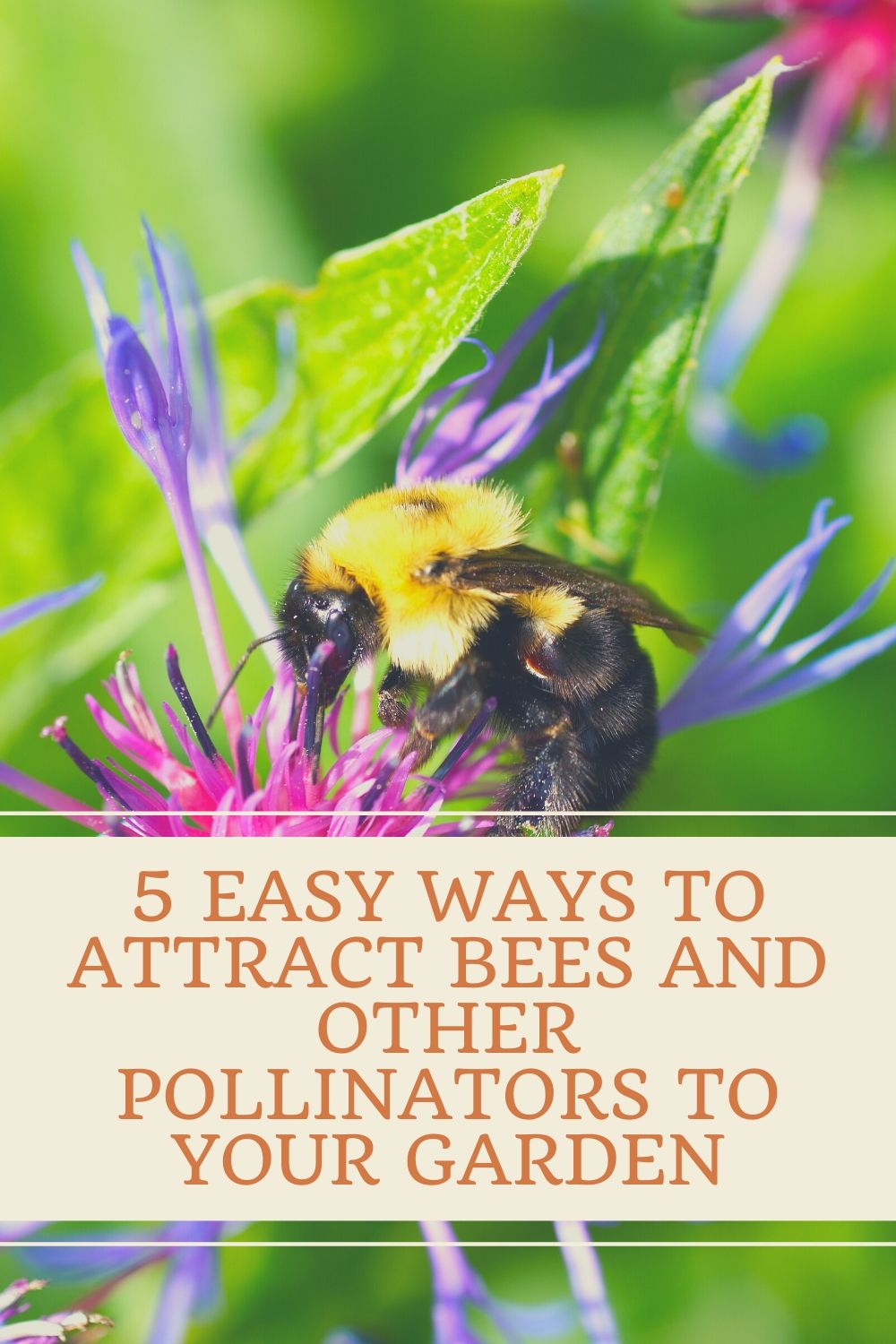Attract Pollinators to Your Garden, Top Tips

Attract Pollinators to Your Garden: Top Tips
Gardening isn't just about growing beautiful flowers and delicious veggies. It's also about creating a thriving ecosystem right in your backyard. And one of the best ways to do that is by learning how to attract pollinators to your garden. Let's dive in!
Why Pollinators Matter
Pollinators are the unsung heroes of the garden. They help plants reproduce by transferring pollen from one flower to another. Without them, many plants can't produce fruits or seeds. Plus, they're crucial for our food supply – every third bite of food we eat is thanks to pollinators!
Who Are the Pollinators?
When you think of pollinators, bees might come to mind first. But there's a whole team out there, including:
- Bees: These are the superstars of pollination. There are thousands of species, from honeybees to solitary bees.
- Butterflies: These beauties are great pollinators too, fluttering from flower to flower.
- Hummingbirds: These tiny birds love nectar and transfer pollen as they feed.
- Beetles and Flies: Yep, even these critters play a role in pollination.
Creating a Pollinator Habitat
To attract pollinators, you need to create a welcoming habitat. Here's how:
Choose the Right Plants
Pollinators need food, and that means flowers. But not all flowers are created equal. Native plants are best because they've co-evolved with local pollinators. Plus, they're usually low-maintenance.
Bee-Friendly Plants
Bees love flowers with lots of pollen and nectar, like sunflowers, asters, and coneflowers. They're particularly drawn to blue, purple, white, and yellow flowers.
Butterfly Garden Favorites
Butterflies love nectar-rich flowers like milkweed, aster, and phlox. And remember, caterpillars need host plants too, so include plants like milkweed for monarchs.
Provide Water
Pollinators need water, just like us. A shallow birdbath or even a mud puddle can do the trick.
Create Nesting Sites
Different pollinators need different homes. Bees might use bare soil, hollow stems, or even dead wood. Butterflies need places to perch and lay eggs. You can even buy or build special pollinator houses.
Designing Your Garden
Now that you know what pollinators need, let's talk design.
Go Wild with Your Planting
Pollinators love a little chaos. Mix up your plants, let things grow a bit wild, and you'll create a smorgasbord for pollinators.
Plant in Clusters
While variety is good, planting in clusters helps pollinators find and feed on flowers more efficiently.
Consider Bloom Times
Plan your garden so there's always something in bloom from spring to fall. That way, pollinators have a constant food source.
Maintaining Your Garden
Once your garden is planted, keep it pollinator-friendly with these tips.
Limit Pesticide Use
Pesticides can harm or even kill pollinators. Try to avoid them, or use them sparingly and responsibly.
Leave Some Leaves
Fall leaves provide habitat for many pollinators. So, don't be too tidy – leave some leaves on the ground.
Deadhead and Prune Carefully
Wait to deadhead or prune until plants are done blooming. And leave some seed heads for the birds.
Wildlife Gardening for Pollinators
Creating a pollinator garden is a form of wildlife gardening. You're not just growing plants; you're creating a tiny nature preserve. For more tips, check out The Xerces Society, a great resource for pollinator conservation.
Conclusion
Attracting pollinators to your garden isn't just about having a pretty yard. It's about supporting the tiny creatures that support us. With these tips, you can create a buzzing, fluttering, thriving ecosystem right outside your door. So, get planting!
FAQs
Q: What are the best plants for attracting pollinators?
A: Native plants are best. For bees, try sunflowers, asters, and coneflowers. For butterflies, plant milkweed, aster, and phlox.
Q: How can I provide water for pollinators?
A: A shallow birdbath or even a mud puddle can provide the water pollinators need.
Q: Should I use pesticides in my pollinator garden?
A: It's best to avoid pesticides, as they can harm or kill pollinators. If you must use them, do so sparingly and responsibly.
Q: How can I create nesting sites for pollinators?
A: Different pollinators need different homes. You can provide bare soil, hollow stems, dead wood, or even buy or build special pollinator houses.
Q: Why are pollinators important?
A: Pollinators help plants reproduce and are crucial for our food supply. Every third bite of food we eat is thanks to pollinators!
0 Response to " Attract Pollinators to Your Garden, Top Tips"
Post a Comment